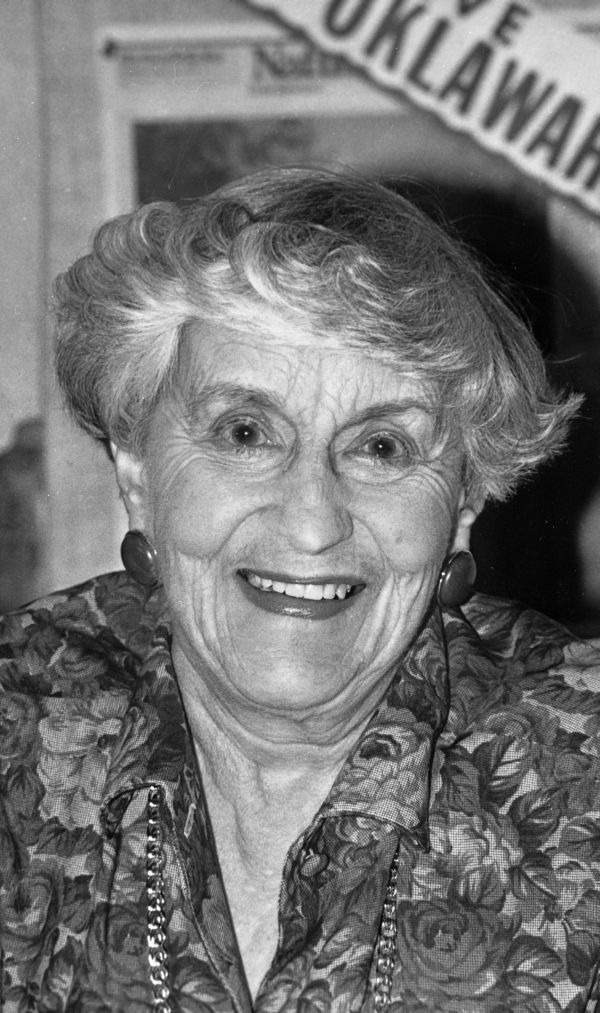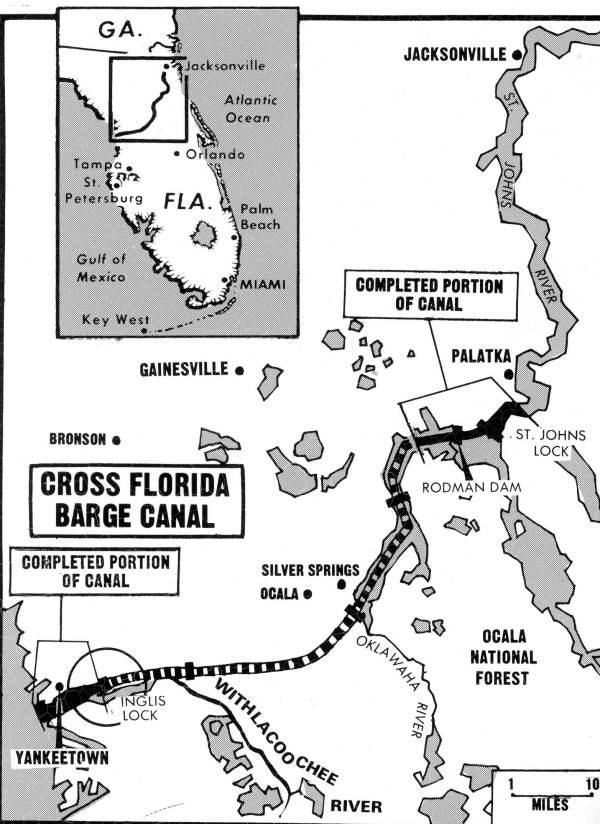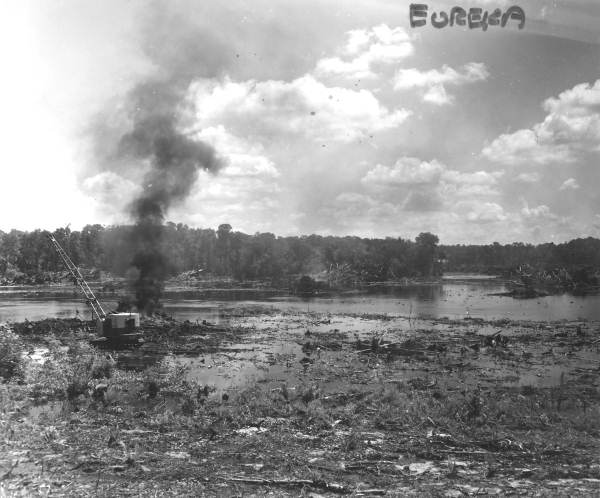
What began as an ambitious public works project by the Army Corps of Engineers to build a barge canal on the Florida peninsula ended up becoming a protected green belt corridor and wildlife highway. Adding to the irony, it was named after conservationist Marjorie Harris Carr, co-founder of Florida Defenders of the Environment, who spearheaded opposition to the proposed canal and finally quashed it in 1971.
A Brief History of the Florida Canal
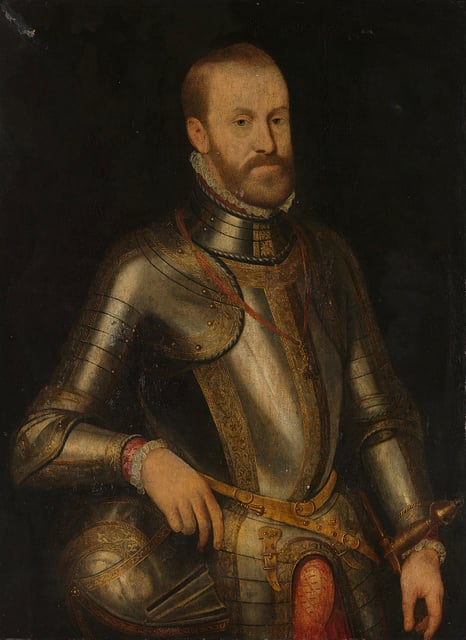
Well, wait, let’s back up a bit – the original proponent of a canal was Philip II of Spain in 1567. He wanted a shorter, less perilous route for his treasure hauls to get back home – which from a practical standpoint, makes a lot of sense; skirting the lower Caribbean meant a better chance of slipping past pirates and less risk of shipwreck. It never materialized, and over the next five hundred years the canal idea popped up every now and again, but was ultimately rejected because it wasn’t financially feasible or even possible with the engineering of the times.
In the early 20th Century, that changed, and the movers and shakers in Florida were lobbying hard for the federal government to open up the purse strings, pitching the project as a boon for economic recovery and rejuvenation. Called the Cross Florida Barge Canal, it was meant to stretch from the Gulf of Mexico to the St. Johns River, spanning most of Central Florida, and would have a state ‘Canal Authority’ to oversee and manage the whole thing. The final estimate in 1933 came in at $143 Million to design and construct – adjusting to $3,435,652,000.00 in 2024, a heart-stopping sum in either century.
President Roosevelt actually authorized $5 Million in 1935 (that would be $113,989,781.02 today!), and work began on the storied Canal. However, the very next year the Michigan Senator Vandenberg argued that nobody had asked Congress if this was okay. By then 13 million cubic yards of earth, forest, and rock had merrily been dug out, 5,000 acres of land had already been cleared for operations and platforming, and four bridge piers had been built. But they had also run out of Roosevelt’s generous $5M in startup costs, so work sputtered to a halt.
There’s a reason why the Greenway was named after her; she was arguably one of, if not the driving force opposing the Canal project. A co-founder of Florida Defenders of the Environment, she was a leading conservationist and a giant thorn in the side of industrialist development.
Carr helped write one of the most influential environmental impact statements that supported the Defenders and Environmental Defense Fund against the Canal. To the chagrin of the government, she marched into the Senate Committee on Environment and Public works and delivered her prepared statement decrying the adverse and damaging effects it would inevitably create. She was also instrumental in the protection and conservation of the Ocklawaha River Valley and of the removal of the Rodman Dam and Reservoir. Marjorie Harris Carr was a force with whom no one really wanted to reckon if they could help it.
Construction map of the Cross Florida Barge Canal
www.floridamemory.com
Land Clearing in Eureka, Marion County, FL
www.floridamemory.com
When all was said and done, two sections of the canal were actually built – the route from the St. John’s to the Ocklawaha River, a little of the Ocklawaha route, and a tiny section near Lake Rousseau on the cusp of the Gulf – but they’re all that remain of the now-defunct, epic project. The lands and existing structures were turned over to the State to use for conservation and recreation. The project was officially deactivated by Congress in 1990, and that was the end of the 500-year dream – but it spawned a whole new one.
The Cross Florida Greenway
It’s also a wildlife corridor – with the first land bridge spanning a major highway in the state, where any critter from raccoons to bears to humans can cross unhindered, with no danger to them or the drivers on I-75. Some parts of the Greenway still feature the original bridge locks from the ill-fated canal project. Over the years it’s evolved from what some might call a project of industrialized hubris into a haven of green, verdant nature and ecological diversity that offers a smorgasbord of recreation, hiking, camping and fishing opportunities for everyone to enjoy.
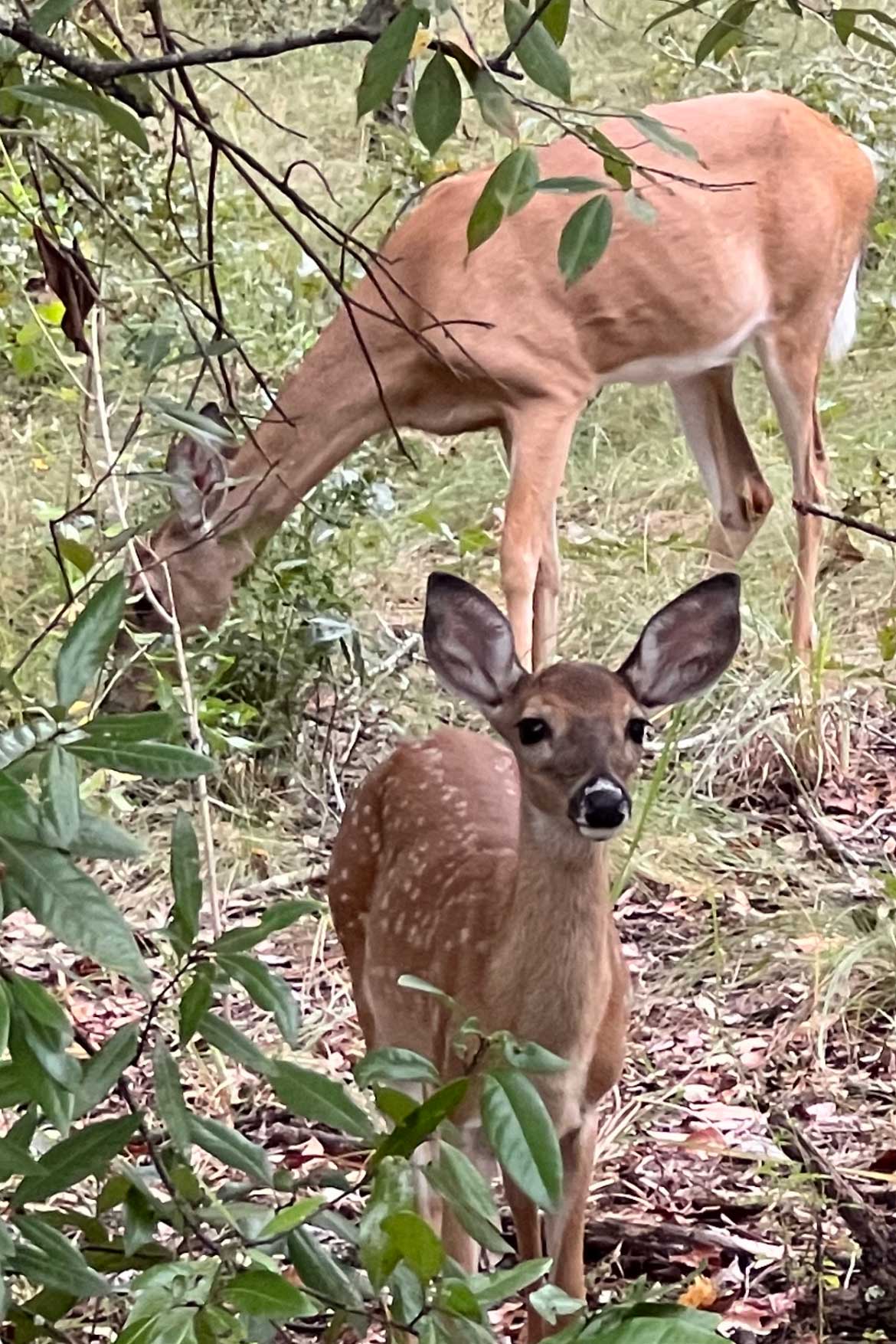
Trails – Hiking, Horseback, and Biking
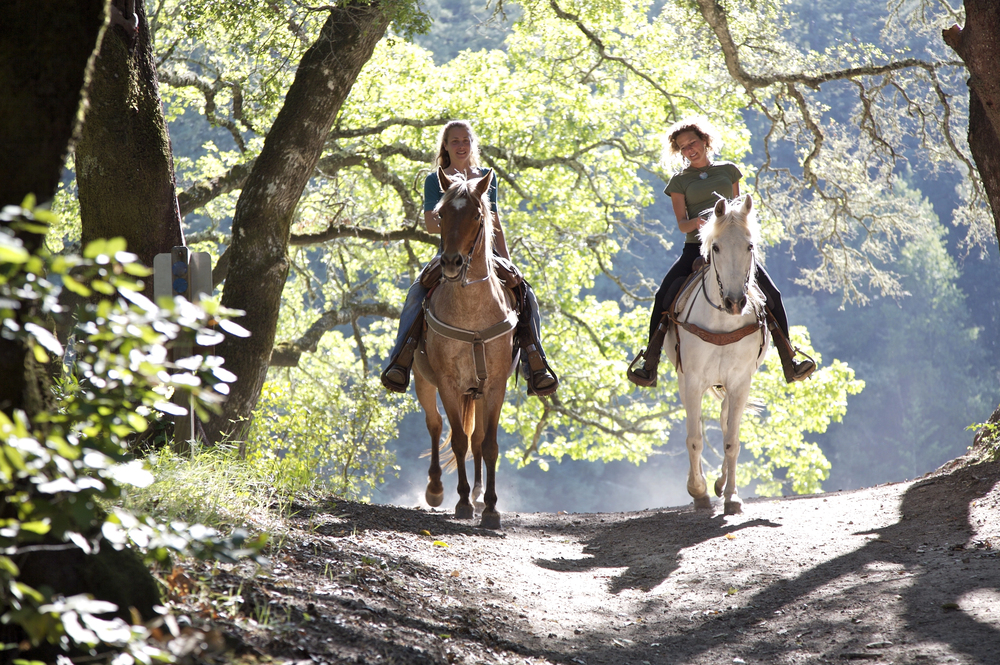
For those whose own two feet are the preferred method of exploration, there are lots of trails that take you through some really awesome landscapes and views. Hiking is enormously popular on each segment of the Greenway, where they can opt for paved paths, mowed grass or the Earth’s natural surface trails. Most of these are considered to be moderate in terms of difficulty, but be sure to pack plenty of water and snacks and check the Florida Trail Association for maps of the area where you want to delve.
You can meander along the Dunnellon Trail’s scenic beauty, or the Withlacoochee River multi-use path along the Rainbow River. There are parts of the Florida National Scenic Trail that passes through or nearby the Cross Florida Greenway, too, so you’re likely to encounter fellow explorers on your hike.
Water Activities
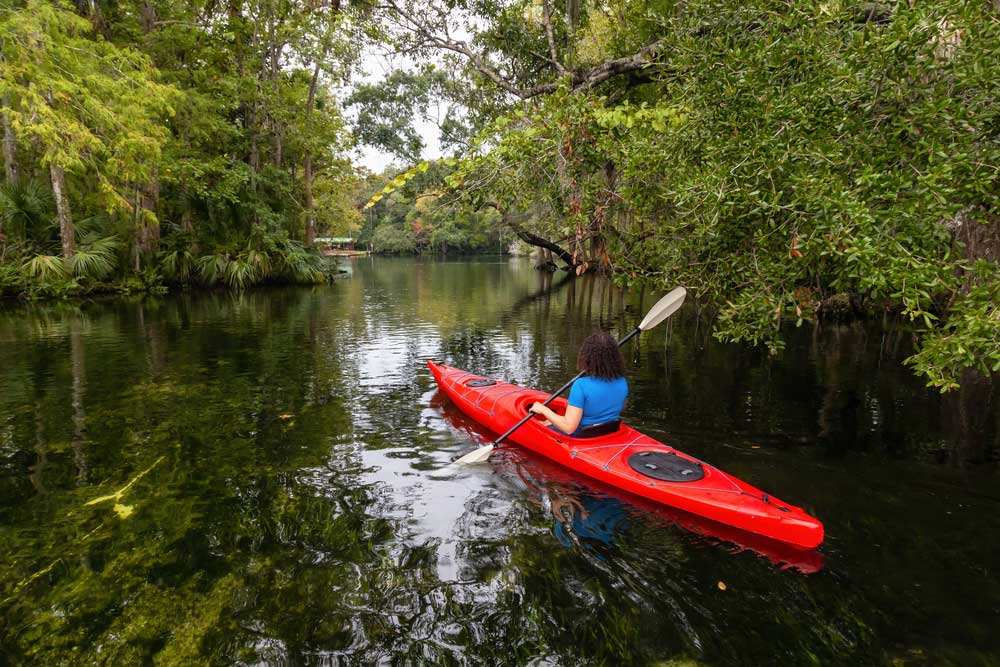
Birding and Wildlife
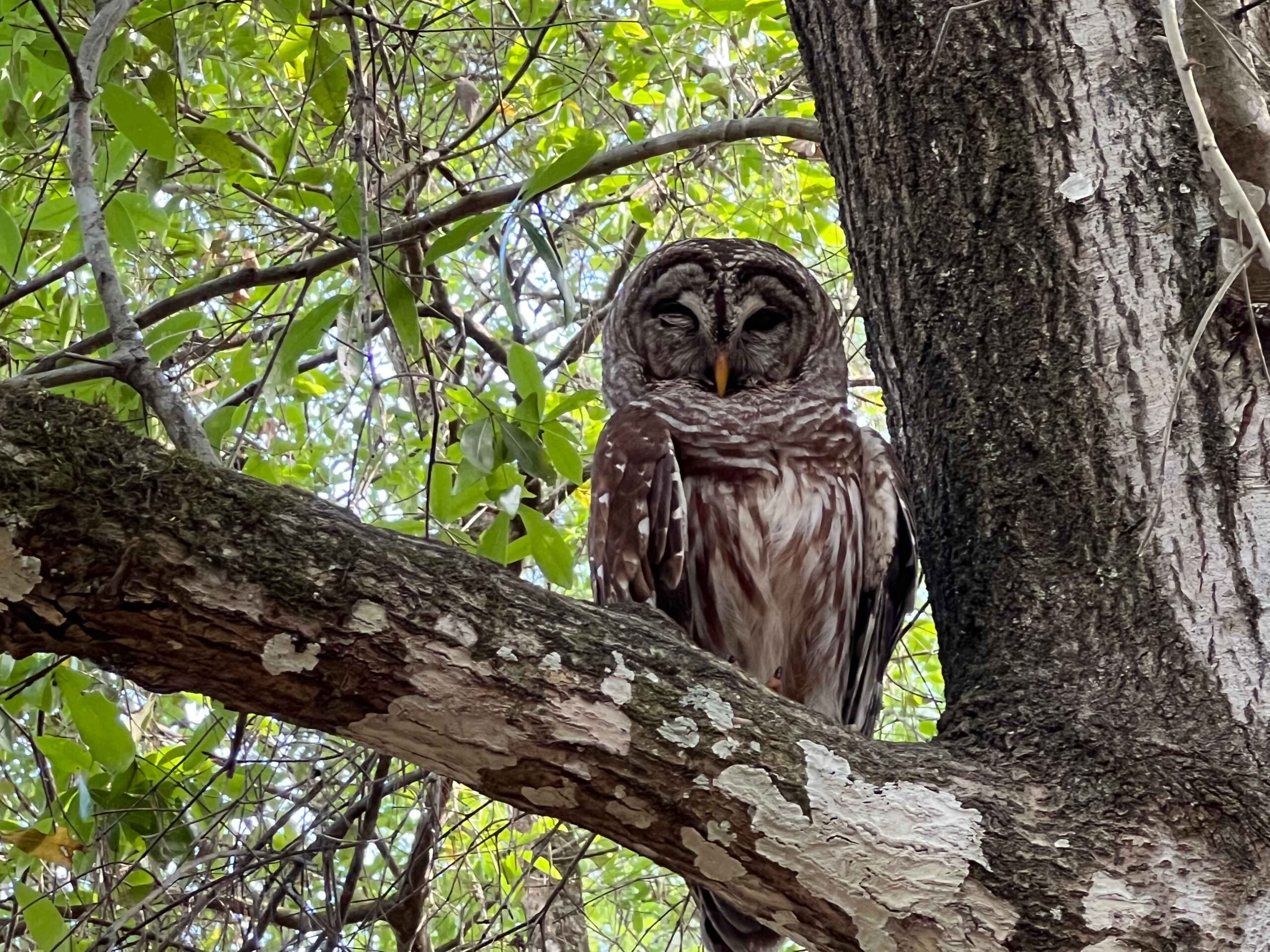
River otters and manatees are busy in the rivers and lakes, along with gopher tortoise and the American Alligator – who also seems to sometimes be partial to that other Florida staple, the Golf Course. You may also encounter different species of snake, both venomous and non-venomous; be sure to have sturdy footwear and a snakebite kit, especially if you’re actively planning to look for them.
Near the Ross Prairie and Shangri-La campgrounds, you might catch hawks, turkeys, and tiny songbirds. And don’t miss the Florida scrub-jay near the Land Bridge – they’re super friendly and only found here in Florida. Heading east, the Ocklawaha River area and Rodman Campground are hotspots for birding, especially with the St. Johns River close by.
Geocaching
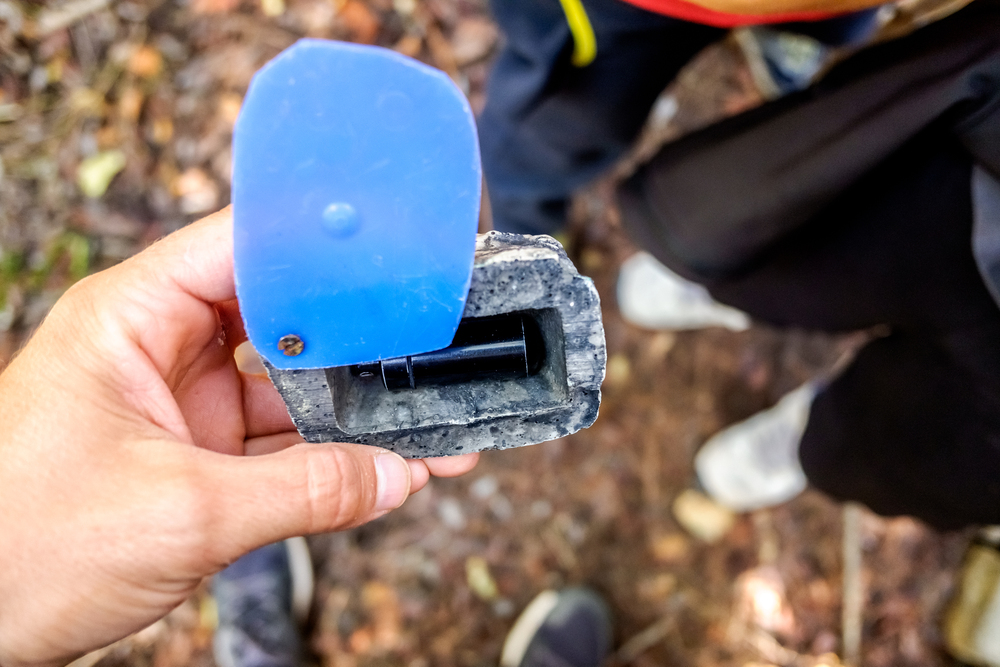
The big reward for geocachers is the thrill of the search and finding a new place they’ve never been – or even at times, places no one has been in a long time, if ever. There are numerous caches placed all along the Cross Florida Greenway, and locations are available at available geocaching websites. It’s designed to have minimal environmental impact, and conscientious gamers follow land-use ethics when playing it. For additional resources and guidelines, check out the Florida State Parks Operation Recreation GeoTour page.
It’s no stretch to say that Carr left a long-lasting legacy to not only the state of Florida, but also to the prosperity of the environment and crucial ecosystems. This helped the land to thrive and develop as Nature intended, so that generations of people, from locals to tourists, will be able to explore and appreciate it for years – or even centuries – to come.

If you are interested in exploring or purchasing properties in communities near the Greenway, here are some you can check out. Showcase has listings in some of these neighborhoods, and our agents would be happy to speak with you about discovering the right one for you.
